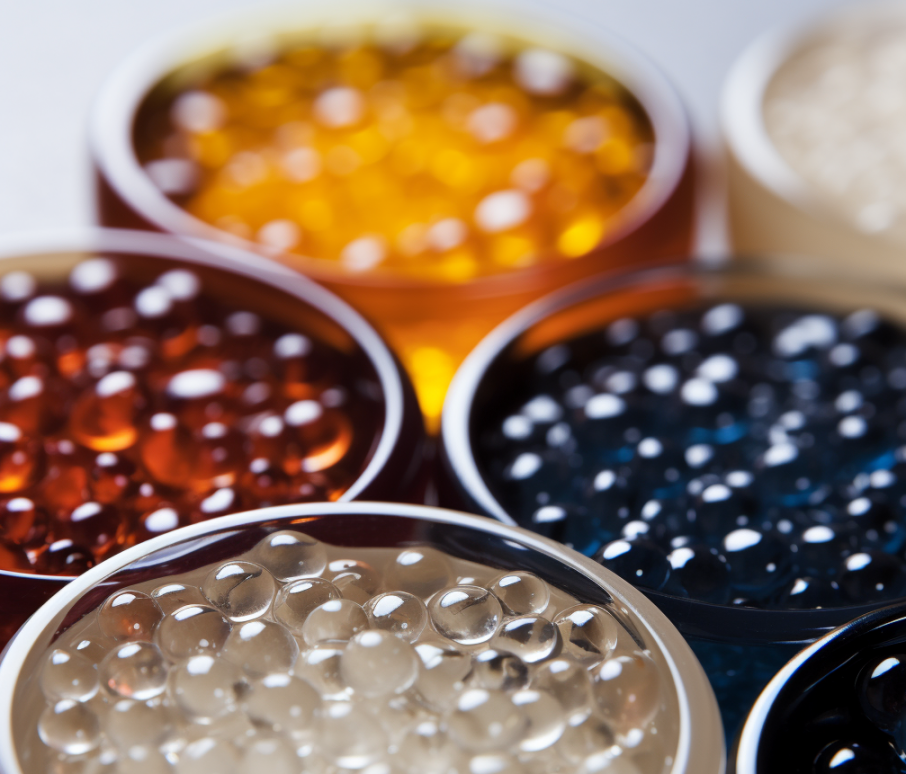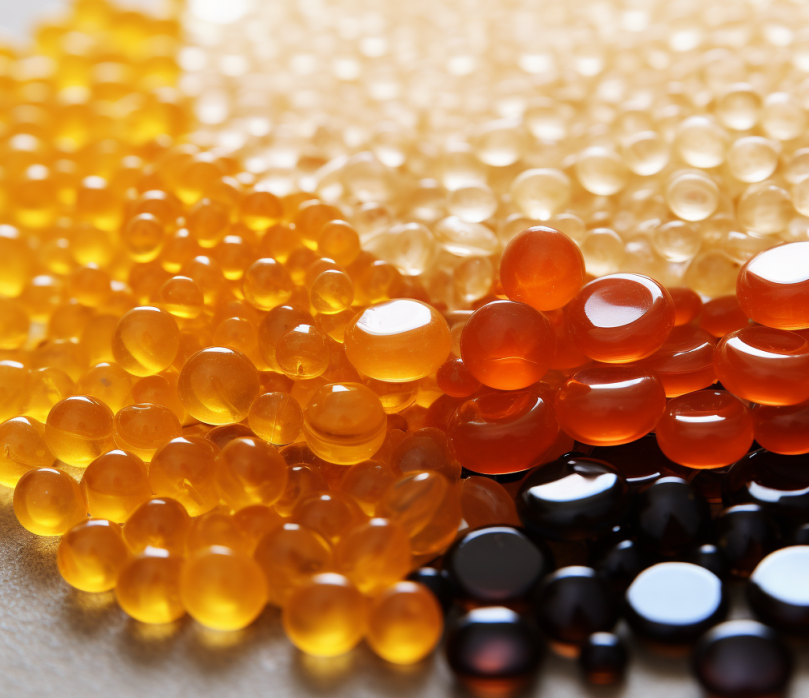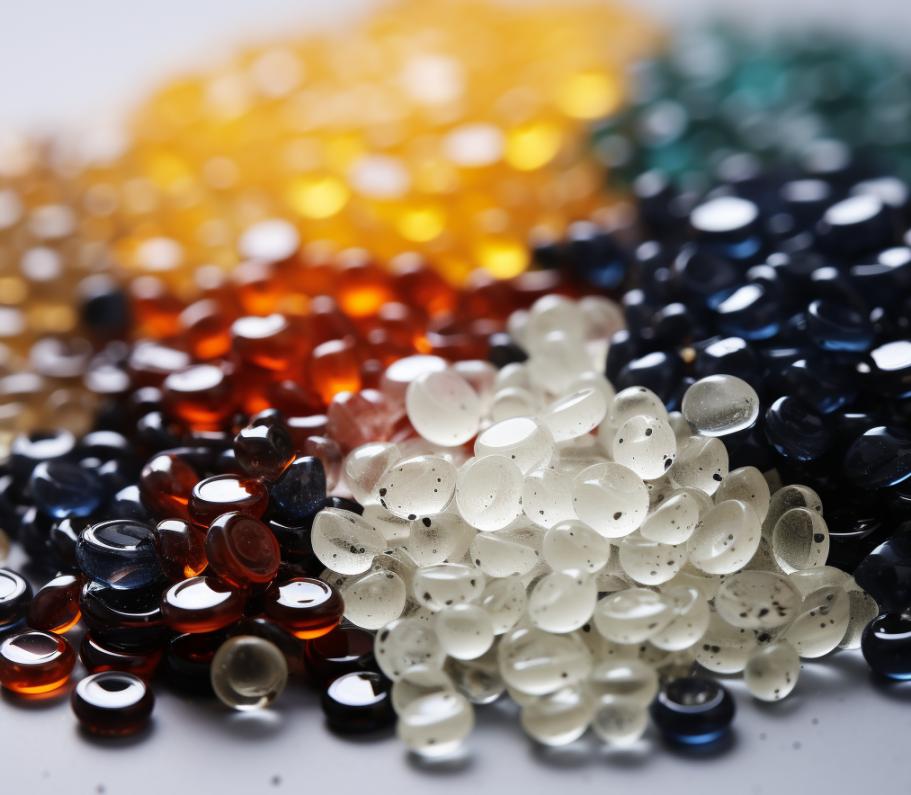Unlocking the Mysteries of C5 C9 Hydrocarbon Resin: A Comprehensive Guide
11/06/2024
Unlock the potential of C5 C9 Hydrocarbon Resin, a versatile ingredient powering industries worldwide. Discover its adhesive prowess, enhancing adhesives, coatings, rubber compounds, and more. Delve into its chemical composition, manufacturing process, and market applications. Join us on a journey through its properties, benefits, and the innovative strides of leading manufacturers like CHEMBROAD.

I. Introduction
A Precursory Glimpse into the World of C5 C9 Hydrocarbon Resin
C5 C9 hydrocarbon resin, a vital component in various industries, holds a pivotal role in modern manufacturing processes. This versatile substance is renowned for its adhesive properties, making it indispensable in sectors ranging from adhesives and sealants to coatings and rubber compounding.
The Significance of C5 C9 Hydrocarbon Resin Across Industries
The applications of C5 C9 hydrocarbon resin span across a multitude of industries, including automotive, construction, packaging, and printing. Its ability to enhance adhesion, improve tackiness, and modify properties of materials makes it a sought-after ingredient in numerous formulations.
II. Chemical Composition and Properties
Decoding the Composition of C5 and C9 Hydrocarbon Resin
C5 C9 hydrocarbon resin comprises two main components: C5 and C9 fractions. These fractions are derived from the polymerization of hydrocarbon monomers obtained from crude oil. The ratio of C5 to C9 fractions determines the characteristics and properties of the resin.
Unraveling the Molecular Structure
The molecular structure of C5 C9 hydrocarbon resin consists of a chain of carbon atoms bonded together, with varying degrees of branching and saturation. This structure influences the resin’s viscosity, softening point, and compatibility with other materials.
The Dual Nature of Physical and Chemical Properties
The physical properties of C5 C9 hydrocarbon resin include viscosity, softening point, and color. Additionally, its chemical properties encompass resistance to heat, oxidation, and solvents, making it suitable for demanding applications.
III. Manufacturing Process
Extraction of C5 and C9 Fractions from Crude Oil
The manufacturing process of C5 C9 hydrocarbon resin begins with the extraction of C5 and C9 fractions from crude oil through fractional distillation. These fractions serve as the raw materials for subsequent polymerization.
The Polymerization Process
Polymerization involves the transformation of C5 and C9 fractions into polymer chains through the application of heat and catalysts. This process results in the formation of the desired resin with specific molecular weights and properties.
Refining and Purification Steps
After polymerization, the resin undergoes refining and purification steps to remove impurities and adjust its properties. These steps ensure the quality and consistency of the final product, meeting the stringent requirements of various applications.
IV. Applications
Adhesives and Sealants: Bonding Beyond Boundaries
C5 C9 hydrocarbon resin serves as a key ingredient in adhesive and sealant formulations, providing excellent tackiness, adhesion, and cohesion. Its compatibility with a wide range of substrates makes it suitable for bonding diverse materials in construction, automotive, and packaging industries.
Paints and Coatings: Enhancing Durability and Performance
In paints and coatings, C5 C9 hydrocarbon resin improves film formation, adhesion, and weather resistance. Its ability to enhance flow and leveling properties contributes to the quality and durability of coatings applied on various surfaces.
Printing Inks: Fusing Creativity with Functionality
The use of C5 C9 hydrocarbon resin in printing inks enhances ink transfer, gloss, and printability. Its low odor and excellent pigment wetting properties make it an ideal choice for high-performance inks used in packaging, publishing, and specialty printing applications.
Rubber Compounding: Reinforcing Strength and Flexibility
C5 C9 hydrocarbon resin acts as a reinforcing agent in rubber compounding, improving the strength, flexibility, and processability of rubber compounds. Its compatibility with elastomers enhances the dispersion of fillers and additives, leading to superior performance in tires, belts, and industrial rubber products.

Asphalt Modification: Paving the Way for Sustainable Infrastructure
In asphalt modification, C5 C9 hydrocarbon resin enhances the rheological properties and aging resistance of asphalt binders. Its use in warm-mix asphalt technologies reduces energy consumption and emissions, contributing to sustainable infrastructure development.
Other Industrial Uses: Versatility Unleashed
Beyond the aforementioned applications, it finds utility in diverse industrial sectors, including plastics, textiles, and electrical insulation. Its versatility and compatibility with various materials make it a valuable additive in formulations aimed at enhancing performance and functionality.
V. Advantages and Benefits
Enhanced Tackiness and Adhesion
C5 C9 hydrocarbon resin offers superior tackiness and adhesion properties, facilitating strong and durable bonds between substrates in adhesive and sealant applications.
Improved Compatibility with Other Materials
Its compatibility with a wide range of materials, including polymers, fillers, and pigments, ensures seamless integration into formulations, enhancing the overall performance of end products.
Resistance to Heat, Oxidation, and Chemicals
The inherent resistance of C5 C9 hydrocarbon resin to heat, oxidation, and chemicals ensures long-term stability and durability in demanding environments, prolonging the service life of manufactured goods.
Environmental and Regulatory Considerations
As a manufacturer, CHEMBROAD is committed to adhering to stringent environmental and regulatory standards in the production of it, ensuring sustainable practices and responsible stewardship of resources.
VI. Market Overview
Global Demand and Consumption Trends
The global demand for it continues to grow, driven by increasing applications in key industries such as adhesives, coatings, and rubber compounding. Emerging markets in Asia-Pacific and Latin America present lucrative opportunities for market expansion.
Key Players and Market Competition
CHEMBROAD, a leading manufacturer of C5 C9 hydrocarbon resin, competes in a dynamic market landscape characterized by a diverse range of players, including multinational corporations and regional suppliers. Differentiation through product quality, innovation, and customer service is crucial for maintaining a competitive edge.
Emerging Applications and Future Prospects
The ongoing research and development efforts in the field of C5 C9 hydrocarbon resin are focused on exploring new applications and improving existing formulations to meet evolving market demands. Innovations in bio-based and sustainable alternatives offer promising avenues for future growth and development.
VII. Conclusion
In Summary
C5 C9 hydrocarbon resin stands as a versatile and indispensable ingredient in various industrial applications, owing to its unique combination of properties and performance benefits. From adhesives and coatings to rubber compounding and asphalt modification, its impact reverberates across diverse sectors, driving innovation and progress.

Looking Ahead
As the global demand for it continues to rise, manufacturers like CHEMBROAD remain at the forefront of innovation, delivering high-quality products that meet the evolving needs of customers while upholding environmental and regulatory standards. With a focus on sustainability and continuous improvement, the future holds boundless opportunities for the advancement and expansion of this essential material.




